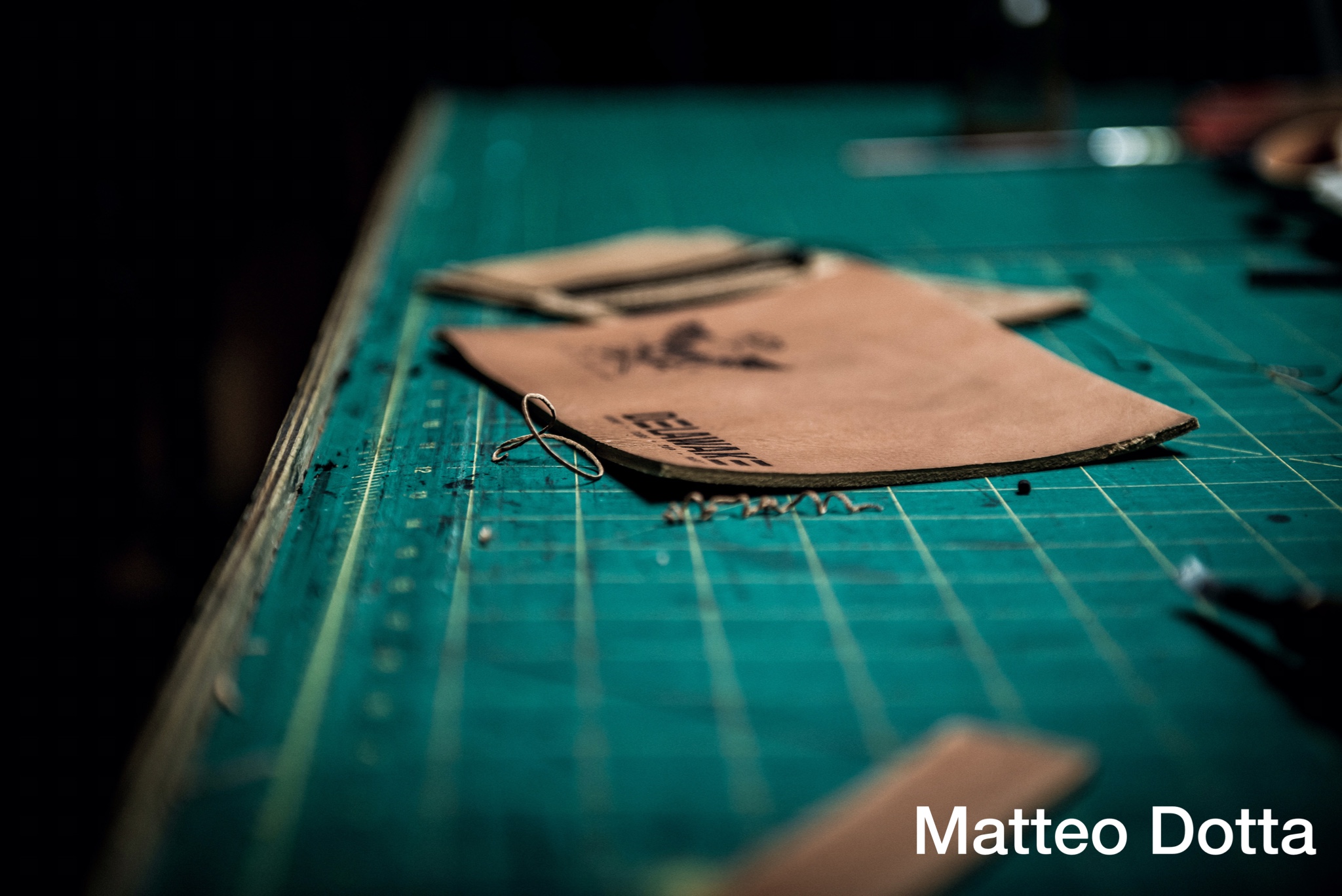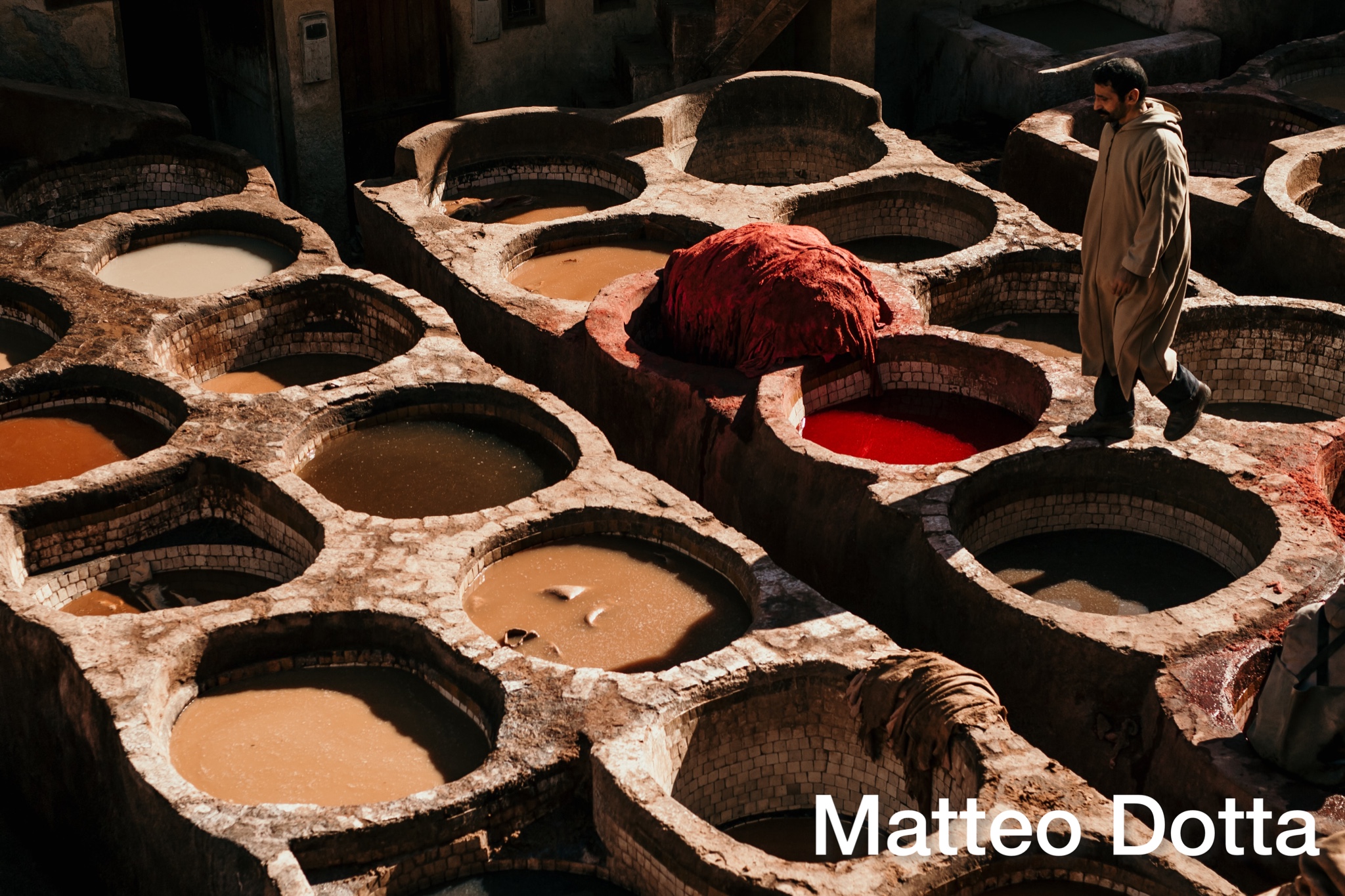Chromium tanning was first mentioned in 1858 by the German scientist F. Knapp. Since then, tanning with chromium salts has gradually established itself as the most popular method today.
Leathers tanned using non-toxic trivalent chromium are described in specialist circles as wet-blue, because of the inherent bluish tinge of the material after tanning and because of its long-term shelf life as a semi-finished product in the wet state.
Most types of leather can be produced using chrome tanning, as the following retanning process offers the possibility of many variations to allow for almost any achievable leather characteristic.
It is estimated that over 80% of leathers are tanned using trivalent chromium.
What are the advantages of chrome tanning?
1. greater thermal stability;
2. greater resistance to water (if treated properly, leathers can become water-repellent);
3. It requires less time for processing, in fact, the average time of treatment is from six to eight hours;
4. The fibers subjected to this treatment show a very satisfactory elasticity and tensile strength (which can be further improved in a subsequent process called greasing);
5. It guarantees the highest resistance to hydrolytic attack by acids and bacteria;
6. Competitive production costs;
7. Possibility of recovering trivalent chromium from exhausted baths.
Nowadays, the application takes place using the so-called one-bath method. Applying the golden rule of tanning, this means that the chromium salts with low bonding tendency are added to the pelt material and bonded to the hide fibers in the same bath by means of additives.
The technical term for these additives is basification agents. They serve to reinforce the bonding tendency of the chrome tanning agents by adding alkaline reacting products at the end of the tanning process, for example, magnesium oxide, dolomite, soda (sodium carbonate), sodium bicarbonate.
The so-called undissolved chromium method is the most commonly used today, involving the addition of all chromium tanning agents in powder form, allowing basification to commence after only one hour.
The third commonly used tanning system involves the use of so-called masked chromium tanning agents.
Chromium tanning is criticized for its possibility to generate Cr(VI) which is toxic for humans as it is carcinogenic.
The main factors that can influence the formation of Cr(VI) in leathers are :
a) Oxidation in the presence of air, favored by a high pH;
b) Photo-aging: oxidation in the presence of air when the leather is subjected to exposure to sunlight;
c) Thermal aging: oxidation in the presence of air when the leather is subjected to the action of heat.
Literature reports that: low humidity and high-temperature conditions favor the formation of Cr(VI).
However, it can also be said that if leather processing is carried out according to the right criteria, perhaps adding further additives in the production process such as specific oxidizing agents, and the hides are stored in the correct way since they are taken from the animal, the probability of generating Cr(VI) is reduced almost to zero.
However, placing hides containing chromium 6 on the market is illegal and tanneries are very careful not to make such a big mistake.
Sources
https://www.italiapelle.com/concia-al-cromo-trivalente/
CONCERIA NUTI IVO SPA (2010): Fascination Leather
https://www.ssip.it/wp-content/uploads/2016/05/seminarioAICCcromoVIrev.1.pdf



